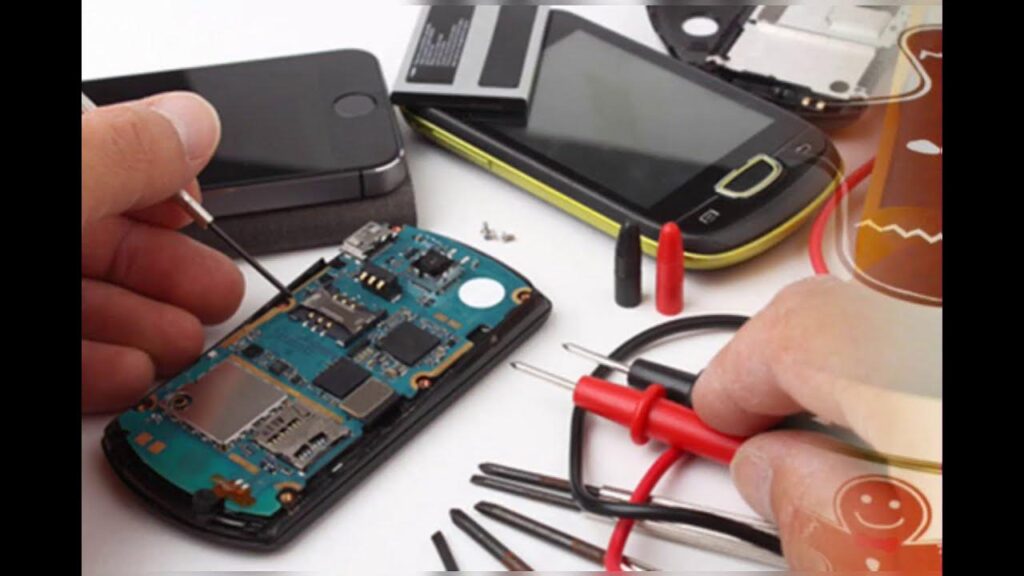Posted inTECH
How to Securely Encrypt All Your iPhone Data in 2025
Are you worried about prying eyes accessing your personal photos, messages, or banking details on your iPhone? You’re not alone. With cyberattacks on the rise and data breaches making headlines…

